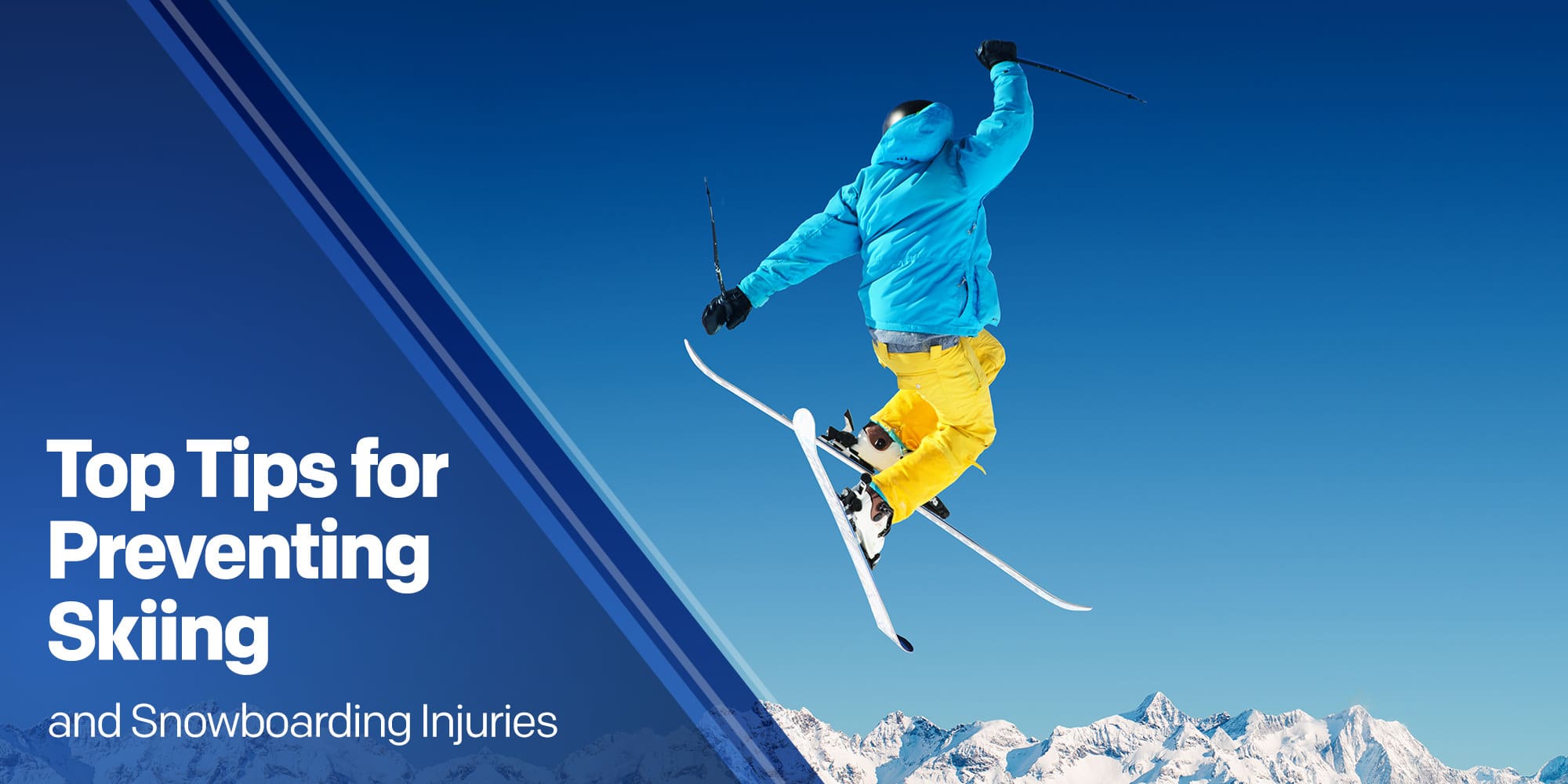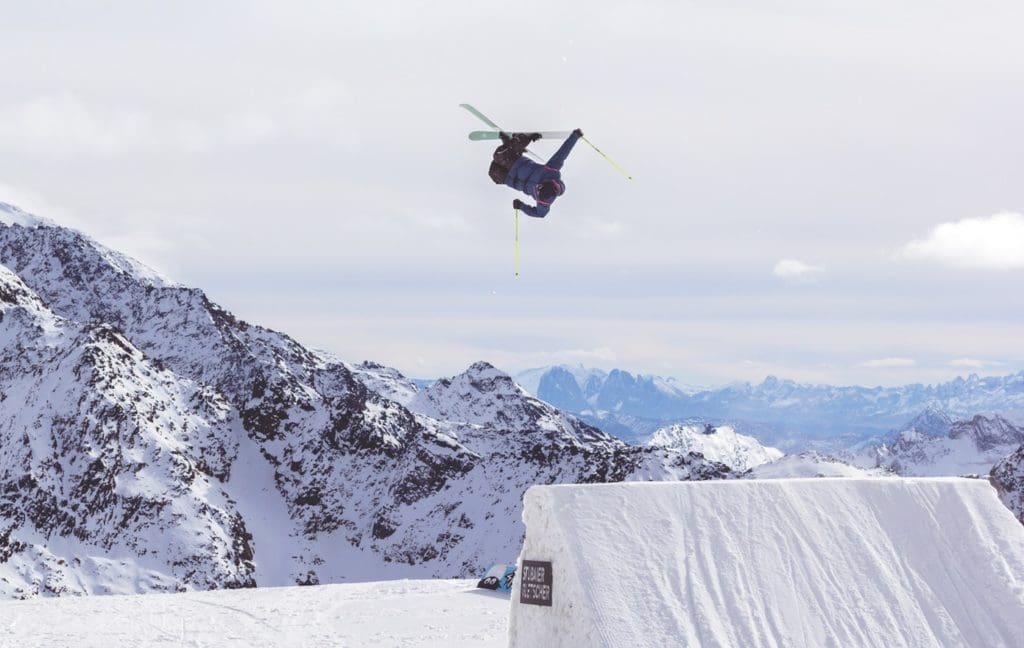
Top Tips for Preventing Skiing and Snowboarding Injuries

More people are taking to the slopes than ever before.
Both disciplines require good balance and lots of confidence regardless of skill. We’re not here to take the fun out of things, however skiing and snowboarding can be dangerous pastimes which can cause a variety of injuries.
To keep you safe out there, we’ve taken a look at the common injuries associated with these extreme sports. Here are our top tips for preventing skiing and snowboarding injuries.
Wear Correct Fitting Boots
Unsurprisingly, one of the most common parts of the body to be injured in a fall on the slopes is the ankle.
Damage can be sustained if a jump lands badly, or as a result of wearing boots that don’t provide adequate support. This can cause a sprain, fracture or, in the worst case scenario, broken bones, which could mean having surgery.
Snowboarding boots will tend to be softer than skiing boots, making them more comfortable but offering less support in the event of a fall or twist. It’s important to wear the right kind of boots that provide adequate support while skiing or snowboarding. It’s also important to make sure you get the required training to make sure you’re doing things correctly.
Look After Your Knees
Knees are also highly susceptible to injury in winter sports. A heavy landing can cause uncommon pressure on the knee joint; this is more likely happen to older people whose joints may have been affected by everyday wear and tear.
Knee injuries are not always caused by falling; they can also be a result of rapid twisting or changing direction at high speed. This can lead to ligament damage, which can be treated by applying ice to injury and resting the joint.
The best way to avoid knee injuries is through the use of a specialist knee brace, such as CTi. This will help to protect the joint by reducing any impact upon it.
Don’t let a knee injury end your holiday early!

Mind Your Head
A head injury is probably the most serious type of injury that any sportsperson can face, but thankfully they are not very common. Any fall that involves your head coming into contact with a hard surface can cause serious injuries, such as a fractured skull.
As snowsports involve sliding around on one or two pieces of thin board on a slippery surface, falls are inevitable, particularly if you’re a beginner. So, it’s important to make sure you’re prepared by wearing a helmet.
You can still make the most of the slopes while staying safe!
Studies have shown that wearing a helmet when participating in skiing or snowboarding can reduce the risk of a serious head injury by up to 60%. So, even if you think it will ruin your hair, it’s advisable to wear one.
You may also like: How to Ski Safely: A Guide to Safer Slopes
Watch How You Land
Wrist injuries are fairly common in skiing and snowboarding because of the amount of falling that is involved. When we fall, we instinctively put our hands out, which can result in landing heavily on the hands and cause damage to the wrist joint.
A broken wrist will require a trip to hospital and can take quite some time to heal, putting you out of action for weeks. The best way to prevent injury is to wear wrist guards to reduce the impact when you fall.
Hurting Your Humerus: It’s No Laughing Matter
A shoulder injury while skiing or snowboarding usually involves damage to the collarbone or the rotator cuff – the group of muscles and tendons surrounding the shoulder joint. These tendons and muscles are responsible for keeping the top of the humerus (the bone at the top of your arm) safely placed within the shoulder socket.
Damage to this area, usually through a fall or awkward movement, will cause a lot of pain and limit mobility in the shoulder. Most injuries can be treated with anti-inflammatory drugs or through applying ice to reduce swelling. Once you have suitably recovered, physiotherapy may be required to build strength back into the shoulder.
However, wearing the suitable gear to reduce the force of a fall when skiing or snowboarding will prevent a shoulder injury from taking place.
Although it may seem that there a lot of injuries to look out for when on the slopes, most of them are largely preventable if you do three things:
1. Get the right training
2. Use the correct equipment
3. Wear the necessary safety gear
If you’re ever unsure of an injury, it’s always best to seek medical advice.
Heading to the slopes? You’ll need a transfer to get you to the resort. Luckily, Alps2Alps provide an affordable, reliable service to all major destinations in the Alps. Find your low-cost transfer here!
